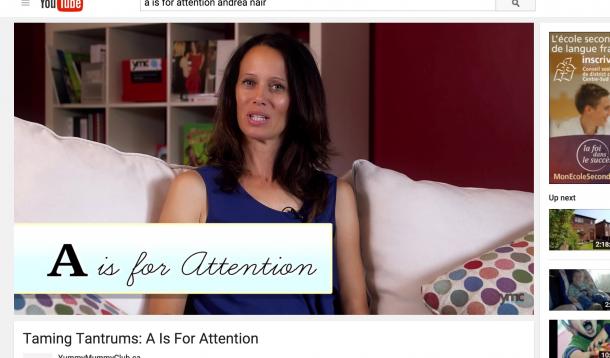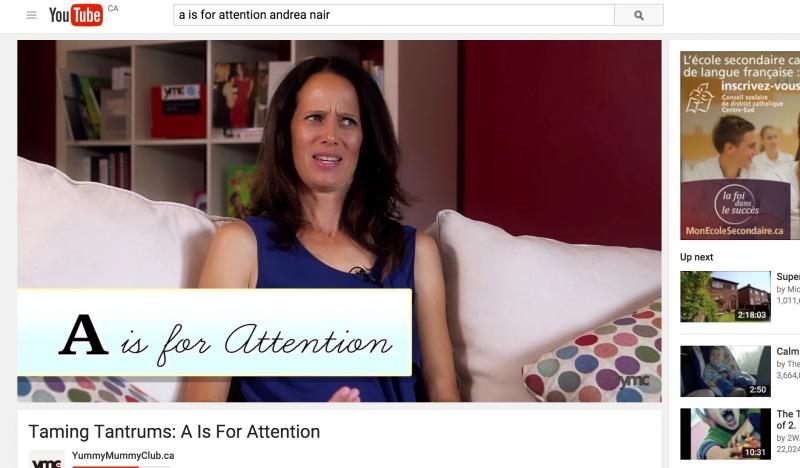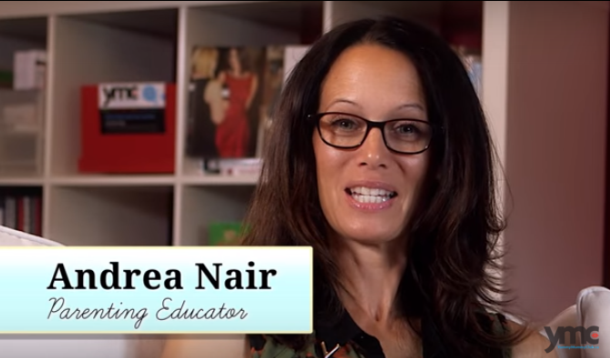
One of the ways to connect more deeply with your child (which reduces unwanted behaviour) is to concentrate on filling what I call a child’s “ALIVE tanks.” These are imaginary tanks that hold your child’s most important needs: to feel connected, loved, important, heard and capable.
Picture a child having some metaphorical tanks inside her. These tanks can take on any mental shape you find helpful—I imagine them as clear cylinders with bold titles printed on them: attachment, love, importance, voice, and encouragement (capability). It is very handy that the first letter from each of these words together forms the word ALIVE. We certainly feel more alive when all these tanks are full.
Attachment—feeling connected to a primary caregiver
Love—knowing the deep love of a primary caregiver
Importance—believing that who (s)he is as a person is important to others: that (s)he matters
Voice—believing that what (s)he has to say is valuable and important
Encouragement (capability)—believing that (s)he is able to be strong, figure things out, handle a task or situation
Imagine your child has a tank for each of these conditions. When the tanks are full, a child is less likely to exhibit defiant behaviour and more likely to cooperate with your instructions. I believe that having full ALIVEtanks are as important as using techniques to curb unwanted behaviour.
When a tank is empty, a basic need is likely not being met. Rather than focusing on positive living, a child will become preoccupied with filling unmet needs. By keeping the ALIVE tanks filled, a child can learn better, relax and feel confident in who (s)he is.
Most people have heard of the term “attachment” through the phrase “attachment parenting.” Separate of that parenting style, the word attachment, according to psychologist Mary Ainsworth is “defined as an affectional tie that one person or animal forms between himself and another specific one — a tie that binds them together in space and endures over time.”
Children who are securely attached to their parents do better on almost all growth and personality scales. Contrary to what some believe, you can’t actually “spoil a child with attention” because the more attention you pour into young children, the more independent they become. This independence is born when a person feels able to be themselves and confident to leave their parent’s side.
When a child has a full attachment tank, he/she feels comfortable to wander off on his own, knowing his parent is able to meet his needs as they arise. A child with a full tank doesn’t need to beg his parents for attention, because he already feels full of attention — he knows he is seen, heard, and understood.
A child with an empty tank will do anything he can to fill it — in a negative or positive way. Humans have an instinctual desire to feel important so if no one fills that desire; we try to get it filled somehow.
The dictionary provides an over-simplified definition of the word “love.” “Verb: feel a deep romantic or sexual attachment to (someone)” –Online Oxford Dictionary. You can’t really explain the meaning of love, it needs to be experienced. What an individual believes is love depends on how that person feels by being connected to an important person in his or her life.
Many of today’s parents didn’t hear their own parents say, “I love you,” although a good number of those parents believed they were loved. I have heard comments like, “I didn’t hear those words, but I believed my dad loved me.”
When I ask, “How do you know your dad loved you,” I hear responses like, “He showed up for my hockey games,” or “He scraped money together to buy me a piano.”
When we picture a child’s love tank, I encourage parents to image that as a tank, which holds our ability to be loveable. Does your child believe and feel that (s)he is loveable? Even if there are behaviours that negatively affect your interaction, at the end of the day, does your child believe that (s)he is a valuable enough person to deserve to be loved?
This is the tank that helps a child feel that she matters to her caregivers. The importance tank holds our need to feel valued enough to be the priority of other people: that others want to care about us because we are a good person. I also call this the being seen tank— an individual’s sense that others choose to make that person a priority.
The importance tank is the one a child needs to feel worthy of another’s attention. So no matter what happens, whether mistakes are made or not, that the child is still important enough that her caregivers will make the effort to care.
This is the tank where a child will believe that sharing his or her opinion or speaking up will have a positive effect. The child will feel the power in words, and that using them is a good thing.
The encouragement tank is the one that holds our ability to feel strong enough to do hard things. It is the one that boosts our confidence when we feel scared, incompetent or weak. I ask parents to think of this tank as the“I can do it!” tank.
This is an excerpt from my book called, Taming Tantrums: A Connect Four Approach To Raising Cooperative Toddlers.

Welcome to the first video of our A to Z of Taming Tantrums video series. This video is about the letter A, and A is for Attention.
Are you wondering how attention has an impact on reducing tantrums? I believe that filling our children with the attention they need is a preventative tantrum strategy. When children don't feel they have enough of us -- enough of our undivided focus, they can use negative behaviour to try to get that attention from us.
It is actually a myth that you can spoil a child with attention! We know that our children feel they've had enough when they walk away from us with confidence. According to Gordon Neufeld, PhD, filling our children with the attention they desire gives them the foundation to step away and explore the world. Our kids know they can be themselves, try things, be curious, and come back when they feel they need to check back in with the ones who care for them.
I believe that filling a child with attention, filling his or her “attention tank or bucket,” gives them a launching and recharging pad to leave from and return to as needed.
This doesn’t mean we need to give all of ourselves to our children all day long: that would wear us completely out! In this video, I talk about how providing attention helps to reduce tantrums, and how to deliver that without draining ourselves.
If you are interested in reading more about this topic, I invite you to look at the post about Filling Our Children’s Attachment Tank. Filling a child’s attention or attachment tank is so important, that it is actually one of my four pillars of Connect Four Parenting. I did write a whole section about it in my eBook called, Taming Tantrums: A Connect Four Parenting Approach to Raising Cooperative Toddlers.
Do you have any questions about providing attention to our children? I’d love to hear those: please do leave a comment under the YouTube video, and I’ll respond there.
The next letter in the video series is B, and B is for Buckets! Click here to subscribe to this YouTube series.
I'm getting the photos for the post by rapid-firing my screen shot buttons on my computer. The pictures I get are often hilarious! This one made me laugh so much (I really should have used this as the header image).

We're so excited to share with you the A to Z of Taming Tantrums video series!
Each week we'll share the next letter of the alphabet and Andrea will discuss how it relates to reducing tantrums - and improve our experience as parents! You can view each video here as they are added each Friday.


Hi! Andrea Nair here. I'm very excited to share with you that my video series called the A to Z of Taming Tantrums is now here!
Each week I will share the next letter of the alphabet and how it relates to reducing tantrums and improves our experience as parents. This week I introduce the series and tell you more about what's in store.
In order to receive the videos easily, subscribe to the YummyMummyClub.ca YouTube channel and watch for a new video each Friday.
I am going to read all the comments and questions from each video so I encourage you to leave those on the YouTube page. It's important that I'm giving you information you need, and want to hear from you.
Please click on the video below to view the first episode:
I look forward to sharing our "A" video with you next week!
We're so excited to share with you the A to Z of Taming Tantrums video series!
Each week we'll share the next letter of the alphabet and Andrea will discuss how it relates to reducing tantrums - and improve our experience as parents! You can view each video here as they are added each Friday.
